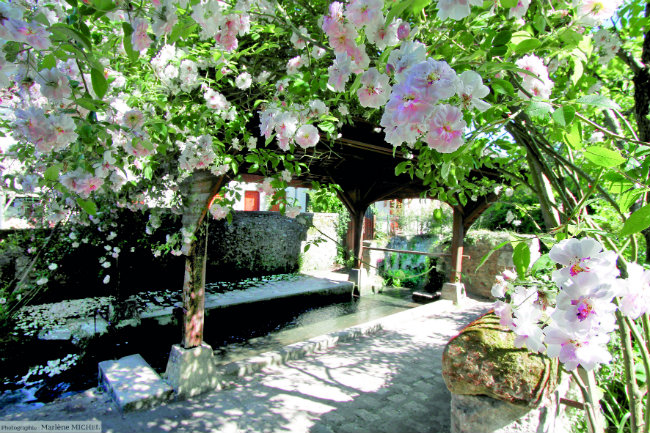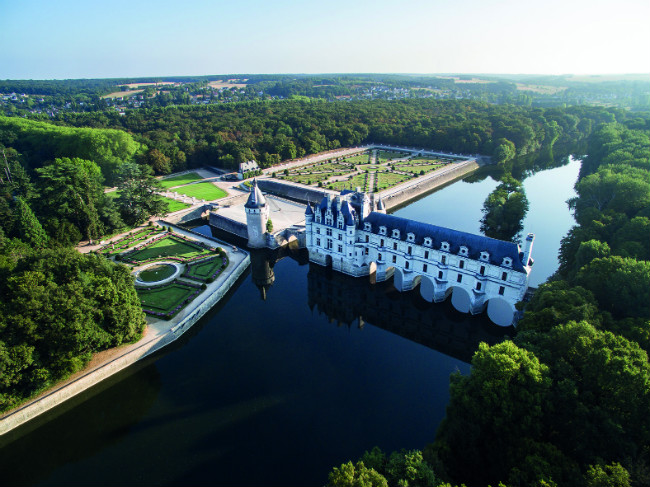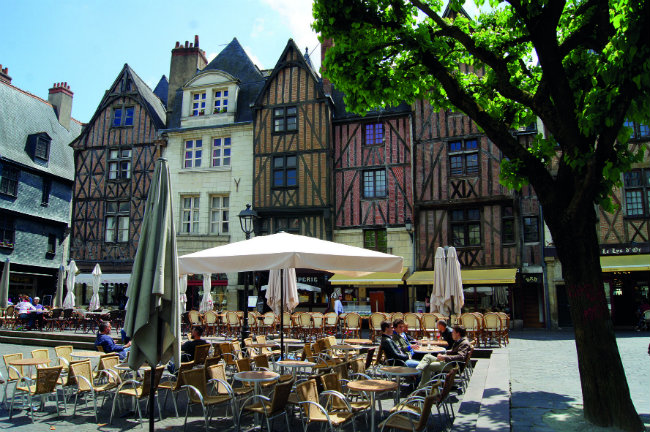5 Reasons to Fall for the Touraine Province in the Loire Valley

Historic province and heart of castle country in the Loire Valley, Touraine is a region shaped by beautiful gardens, rich cuisine and, of course, numerous châteaux…
A GARDENER’S PARADISE
From the sweeping, manicured jardins of its châteaux to a village famed for its floral displays, Touraine has a magnetic pull on the green-fingered among us.
A wonderful place to start is Chédigny, Indre-et-Loire. Just south-east of Tours, this sleepy idyll is the only village in France to be awarded ‘Jardin Remarquable’ status, owing to its spectacular streets fleuries. This proclivity for floriculture dates back to 1998, when Mayor Pierre Loualt hatched a plan to bolster Val de Loire’s reputation as The Garden of France by planting 700 rose bushes. Needless to say, it was a big success.
Today, the village is a fragrant marvel, coated with climbing and rambling roses, wisteria and banks of lavender and hydrangeas. At the end of May each year, Chédigny even holds its own annual Festival des Roses to highlight the locale’s pride and joy. Imagine the colourful, perfumed world we’d live in if this idea took root everywhere!
ROYAL HISTORY
Dipping into France’s châteaux territory, Touraine is home to some of the valley’s most famous royal residences. Chenonceau is the best-known, second only to nearby Chambord in terms of popularity. Uniquely positioned abreast the Cher river, this ‘floating’ 16th-century castle, with its romantic Gothic and Renaissance architecture, could have been plucked straight from a fairytale.

Chenonceau. Photo: Gillard & Vincent/ CRT Centre-Val de Loire
Chenonceau is sometimes referred to as the Château des Dames, owing to the succession of noblewomen who shaped it over the centuries – including Catherine de’ Medici and her love rival Diane de Poitiers, both of whom established their own gardens on the estate. With a blend of Italian and French influences, the grounds offer a spellbinding walk backdropped by the majestic château and its reflection.
Other must-see castles include Villandry, famed for its gardens, and Clos Lucé, the last home of none other than Leonardo da Vinci.
VIBRANT CITY LIFE
Unofficial culture capital of the Centre-Val de Loire region, Tours is a hub of activity. A popular thoroughfare for château-hopping tourists, it’s also home to a sizeable student population.
The monolithic Saint-Gatien Cathedral, fine arts museum and parks are just a handful of highlights to enjoy in the day, but there’s also an active nightlife. Walled by medieval half-timbered homes and packed with bars and eateries, Place Plumereau is the go-to plaza after dark.

The city of Tours. Photo: V Treney
QUALITY TERROIR
Cheese and wine play a key role in Touraine’s gastronomic identity. The province’s main fromage is Sainte-Maure de Touraine – a soft, creamy log of goat’s cheese boasting a nutty taste, distinctive ashy grey rind and straw spearing its centre. It pairs especially well with Sauvignon de Touraine and other regional vins blancs. An Appellation d’Origine Contrôlée (AOC) since 1939, Touraine gives visitors plenty of scope for tours and tastings, from the vineyards of Mesland to Saint-Nicolas de Bourgueil.
UNESCO STATUS
Val de Loire was declared a UNESCO World Heritage Site at the turn of the millennium, marking its historic and cultural prestige. If you’re planning a trip to Touraine, then expect to see a wealth of protected monuments and landscapes on your journey. We recommend boarding a riverboat or canoe and cruising the Loire to truly absorb the area’s natural beauty.
For more information, visit www.touraineloirevalley.co.uk
From France Today magazine
Share to: Facebook Twitter LinkedIn Email
Leave a reply
Your email address will not be published. Required fields are marked *



